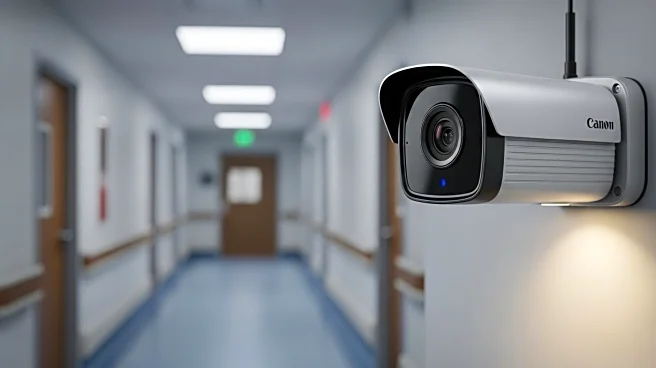What is the story about?
What's Happening?
Healthcare organizations are being advised to adopt Secure Service Edge (SSE) capabilities to enhance security measures. SSE, as defined by Gartner, includes components such as Zero Trust Network Access (ZTNA), Secure Web Gateway (SWG), Cloud Access Security Broker (CASB), and Firewall as a Service (FWaaS). These capabilities provide secure access to web, cloud services, and private applications, addressing deficiencies in traditional VPNs. SSE is part of the broader Secure Access Service Edge (SASE) framework, which combines security and network management services. The unified approach of SSE is crucial for healthcare organizations as they increasingly rely on cloud-based resources.
Why It's Important?
The adoption of SSE capabilities is vital for healthcare organizations to protect sensitive data and comply with regulations like HIPAA. As healthcare systems become more digital and cloud-based, the risk of cyber threats increases. SSE provides a comprehensive security framework that ensures secure access and data protection across various platforms. This is particularly important in healthcare, where data breaches can have severe consequences for patient privacy and safety. Implementing SSE can help healthcare organizations mitigate risks and enhance their cybersecurity posture.
What's Next?
Healthcare organizations are expected to continue integrating SSE capabilities into their IT infrastructure. This may involve investing in new technologies and training staff to manage and operate these systems effectively. As cyber threats evolve, healthcare providers will need to stay updated on the latest security trends and solutions. Collaboration with cybersecurity experts and vendors will be crucial in developing robust security strategies. The ongoing digital transformation in healthcare will drive the demand for advanced security solutions like SSE.
AI Generated Content
Do you find this article useful?














